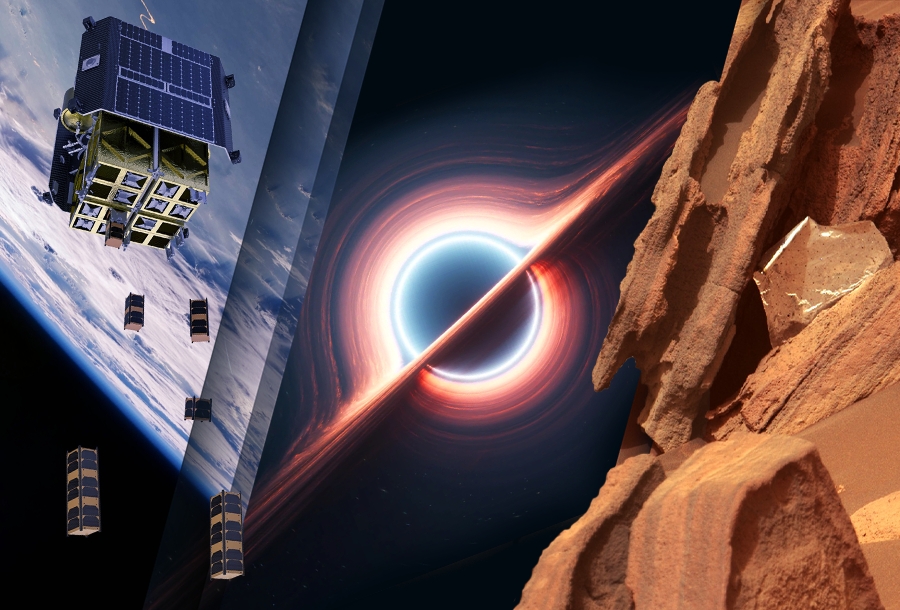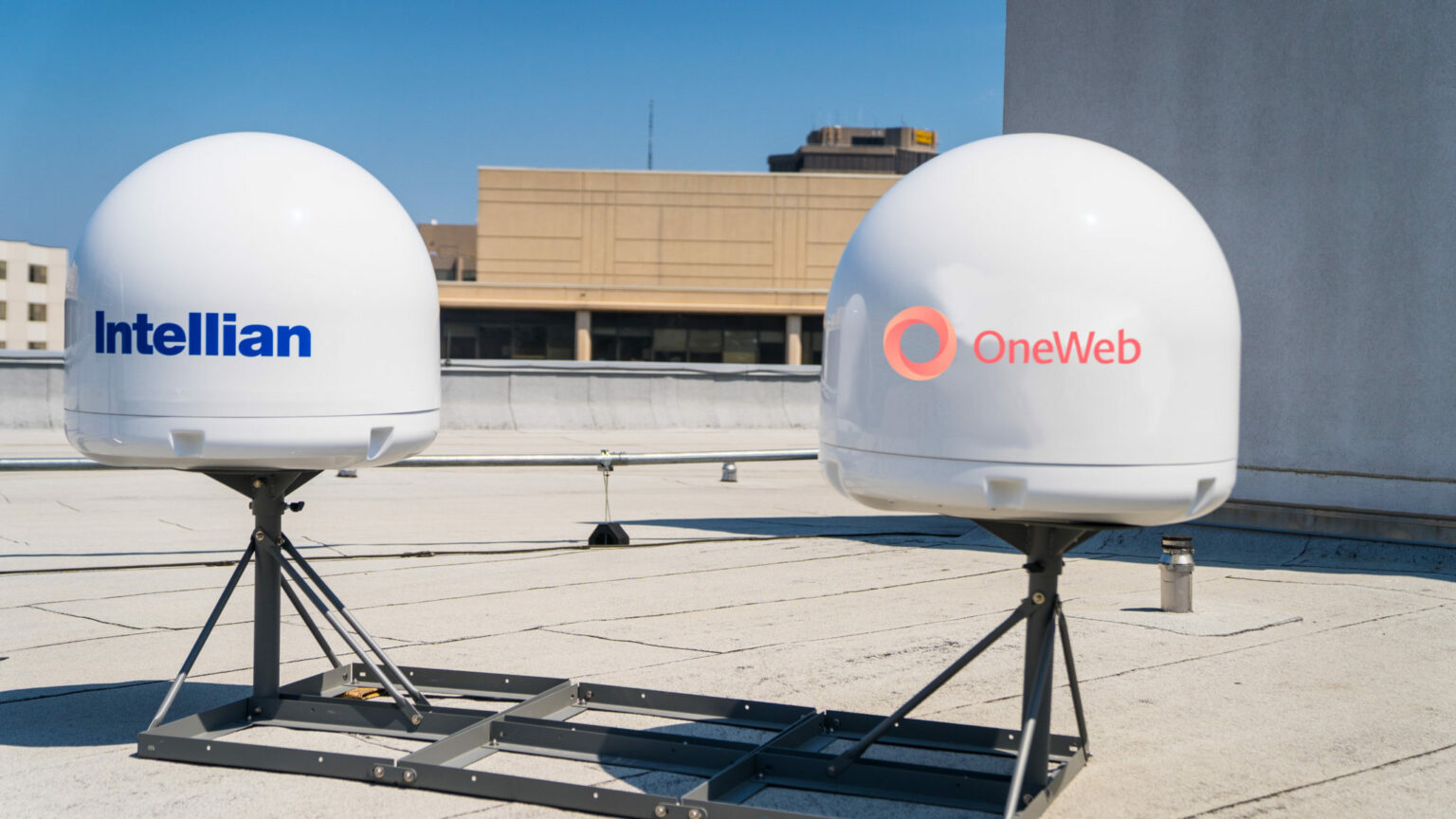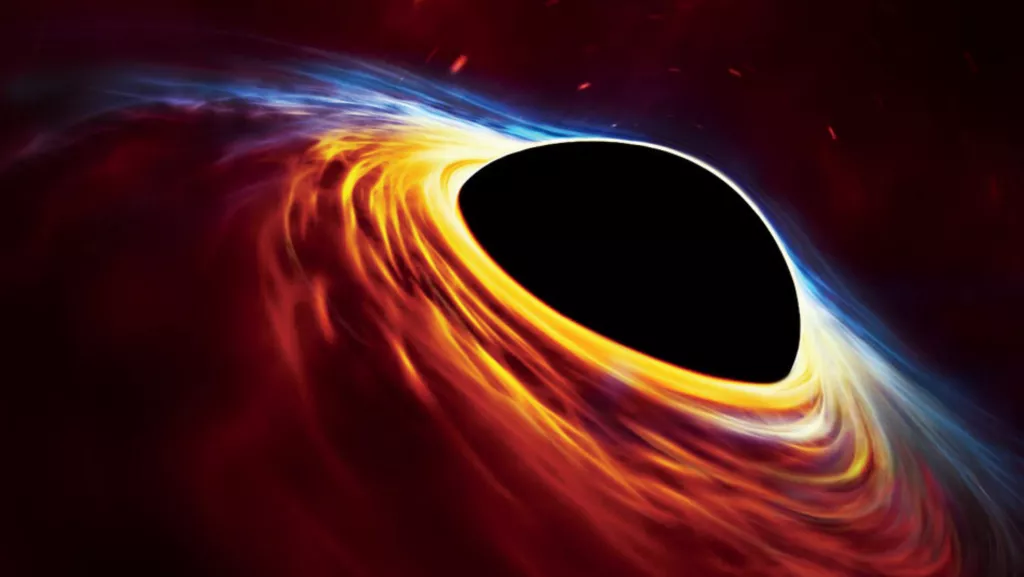Selection of the most interesting space news for breakfast: The US Department of Defense has increased funding for the development of space security. Scientists propose to deploy a mining base on asteroids in Martian orbit, and a fast-growing black hole absorbs a mass equal to the Earth in a second.

- Engineers start assembling the Hera device
- Astronomers find evidence for most powerful pulsar in distant galaxy
- Mars as a base for asteroid exploration and mining
- OneWeb tests inflight connectivity on Boeing 777
- D-Orbit charts ambitious course for space logistics business
- Fourth SLS countdown test set
- House appropriators approve funding increase for DoD, support space programs
- Fastest-growing black hole ever seen is devouring the equivalent of 1 Earth per second
- Perseverance found garbage on Mars: Photos
- Urged to “End Ukraine”: Twitter blocked Rogozin’s account
- How the bluest asteroid in the solar system got its color
Engineers start assembling the Hera device
The propulsion module of the Hera mission was successfully delivered to the assembly shop of the Italian company Avio. In the near future, specialists will begin installing fuel tanks, power units, pipelines and other elements necessary for a successful interplanetary flight.
Astronomers find evidence for most powerful pulsar in distant galaxy
Astronomers analyzing data from the VLA Sky Survey (VLASS) have discovered one of the youngest known neutron stars—the superdense remnant of a massive star that exploded as a supernova. Images from the National Science Foundation’s Karl G. Jansky Very Large Array (VLA) indicate that bright radio emission powered by the spinning pulsar’s magnetic field has only recently emerged from behind a dense shell of debris from the supernova explosion.
Mars as a base for asteroid exploration and mining
Mining the asteroids for resources like iron, precious metals, water, or other valuable species may someday become profitable. Mining will probably starting with near Earth objects (NEOs), asteroids whose paths cross the Earth’s orbital path. In the long-term, however, mining will want to access the Main Belt of asteroids that orbit between Mars and Jupiter.
According to astronomers, mining asteroids of the Main Belt can become more profitable if the spacecraft is deployed from the station in an orbit similar to that of the Martian satellite Phobos, which orbits about six thousand kilometers from the surface of Mars, and which offers a lower delta-V for asteroids of the Main Belt.
Market News

OneWeb tests inflight connectivity on Boeing 777
OneWeb said it successfully tested high-speed services on a commercial airliner last month using its low Earth orbit network. Video streaming, online virtual reality gaming and other low-latency capabilities were demonstrated on a Boeing B777-200LR that took off from a public airport in Texas May 27, according to OneWeb. The British startup said an electronically steered antenna on the aircraft achieved 260 megabits per second download and 80 megabits per second upload speeds.
D-Orbit charts ambitious course for space logistics business
Space logistics company D-Orbit announced a $2 million contract with the European Space Agency to upgrade production of its ION Satellite Carrier. It was the latest win for the Italian firm with ambitious plans to offer a wide range of satellite services from active debris removal to space-based cloud computing.
Fourth SLS countdown test set
NASA is gearing up for a fourth attempt to perform a fueling test and practice countdown of its Space Launch System ahead of a launch now. During a conversation with journalists, representatives of the agency stated that they were ready to begin the SLS dress rehearsal at launch complex 39B. The test will begin with a “call to stations” for personnel at 5 p.m. Eastern June 18. Loading of liquid oxygen and liquid oxygen into the rocket’s core stage and upper stage will begin at 7 a.m. Eastern June 20, with the countdown ticking down to a T-0 at 2:40 p.m. Eastern that day.
House appropriators approve funding increase for DoD, support space programs
The panel added nearly $200 million for national security space launch above the administration’s request. The House Appropriations Committee’s defense subcommittee on June 15 approved by voice vote a defense funding bill for fiscal year 2023.
The bill provides $761.6 billion for the Defense Department, an increase of $32 billion above 2022 funding but less than the $773 billion requested by the Biden administration. The full Appropriations Committee markup of the bill is scheduled for June 22.
Interesting

Fastest-growing black hole ever seen is devouring the equivalent of 1 Earth per second
The fastest-growing black hole ever seen is swallowing the mass equivalent of an entire Earth every second. This gargantuan black hole has a mass 3 billion times that of the sun, and its rapid consumption is causing the behemoth to grow rapidly, an international research team found. The black hole gorges via a process called accretion, in which it siphons matter from a thin disk of gas and dust rotating around the massive object.
Perseverance found garbage on Mars: Photos
Garbage is found on the Earth in the most unusual places, it is even at the bottom of the Mariana Trench at a depth of 11 km. Garbage was found even on Mars. NASA’s Perseverance rover, currently searching for extraterrestrial life in the delta of a dried-up river, photographed a fragment from a spacecraft stuck in a rock. The fragment is part of the thermal protection of the Perseverance descent module body, which was heated to extreme temperatures when entering the Martian atmosphere.
Urged to “End Ukraine”: Twitter blocked Rogozin’s account
Twitter admins demand from the head of Roscosmos Dmitry Rogozin that he delete a message in which he called on Russians to “end Ukraine”.
Literally tweet: “Actually, what has grown up in place of Ukraine is an existential threat to the Russian people, Russian history, the Russian language and Russian civilization. If we do not end them, as, unfortunately, our grandfathers did not end them, we will have to die, but our grandchildren will have to end at an even greater cost. So let’s get this over with. Once and for all. For the sake of our grandchildren”.
How the bluest asteroid in the solar system got its color
An unusual blue-tinged asteroid likely got its trademark color from intense sunlight. The blue color of asteroid Phaethon has puzzled scientists ever since the space rock’s discovery in the early 1980s. Now, a new study suggests that Phaethon’s unique orbit is responsible for the space rock’s odd hue.
Follow us on Twitter to get the most interesting space news in time
https://twitter.com/ust_magazine
